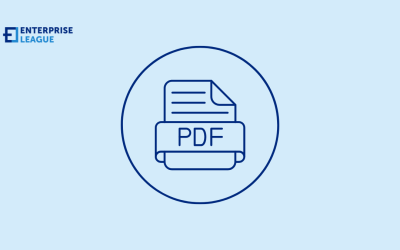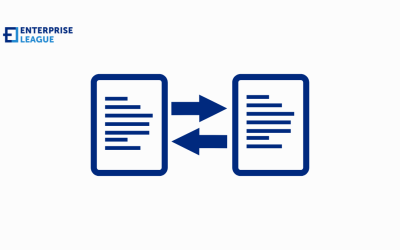Both variants of interest rate options have their own advantages and disadvantages, so which type is better for you? Let’s take a closer look at fixed and floating loan interest rates to help you determine which option is best for your situation.
Overview of fixed vs. floating interest rates
Here, we’ll discuss how each type works, what the benefits are, and any potential drawbacks that come with them.
What is a fixed interest rate loan
Not only does this mean you get to avoid the stress and uncertainty of ever-changing repayments, but it also means that you can be sure that you are paying back at a reasonable rate. Additionally, it lets you make budgeting easier by planning for repayment costs before you even take out. All in all, a fixed rate interest loan is an effective tool for helping borrowers get ahead on payments and live within their budget.
Benefits of fixed interest rate loans
The most significant benefit of a fixed interest rate loan is that your repayments will remain the same for the entire loan duration. This means you won’t have to worry about sudden increases in monthly payments, which can be inconvenient and stressful. Additionally, this type of loan allows you to plan out budgeting more effectively since you know exactly how much you need to pay each month.
Finally, fixed interest rate loans can be a cheaper option in the long run since you are paying back at a set rate and don’t have to worry about any sudden increases.
What is a floating interest rate loan
A floating interest rate loan is a type of loan where the interest rate varies throughout the life of the loan. Depending on how the rates change over time, you may have higher or lower monthly repayments.
While this can be beneficial in some instances, it also means that borrowers are at risk of paying back more than they initially planned. Budgeting can be more of a challenge since you never know what your repayment costs will be from month to month.
Benefits of floating interest rate loans
The main advantage of a floating interest rate loan is that borrowers may get access to lower interest rates if the market fluctuates in their favor. This can help save money in the long run, especially if you can take advantage of lower interest rates during certain periods.
However, it’s quite a gamble. It can be an excellent option for those who want more control over their loan repayments since they can adjust their payments depending on how the interest rate changes.
The risks of both types of personal loans
No matter which type of loan you go with, risks are always involved.
With a fixed interest rate loan, there is the risk that you may miss out on potential savings due to the set rate. On the other hand, with a floating-interest rate loan, you run the risk of having to pay more than expected due to sudden increases in the interest rate.
The best type of personal loan for you depends on your individual needs and circumstances.
If you’re looking for a stable payment plan with no surprises, then a fixed interest rate loan may be the better option. However, a floating rate loan could be better suited if you want more control over how much you pay back each month.
Factors to consider when choosing a fixed vs. floating interest rate
When deciding between a fixed and floating interest rate loan, it’s essential to consider your financial situation. Think about whether you need the consistency of predictable payments or if you want more flexibility and control over your repayments.
Compare the rates of both types of loans to make sure you’re getting the best deal possible. For example, here’s a good comparison site if you want to find a fixed rate personal loan.
Lastly, consider how long you plan on taking out the loan and if there is a potential for interest rates to increase during this time.
Conclusion
There is no right answer for everyone. Picking the right option is a personal choice that should benefit your situation the most.
A fixed rate loan may be beneficial if you are looking for stability in terms of monthly payments, while a floating rate loan could provide more control over how much you pay back each month, depending on market fluctuations.
At the end of the day, it’s all about which one is going to save you the most money in the long run. That’s the right answer.
More must-read stories from Enterprise League:
- Some of the worst business ideas you should steer clear from.
- Are there any benefits of having a 80 hour work week?
- Benefits of working 4 days a week for your employees and your business.
- Are you aware of the negative effects that social media has on the workspace?
- Learn about how micromanaging can hurt your productivity.
Related Articles
PDFs and the debate between tradition and innovation
Curious about the future of PDF? Learn about its integration with new technologies and explore some practical PDF tips to leverage all the power of this format!
The 10 Ds of entrepreneurship: Why are they important?
Are you familiar with the 10 Ds of entrepreneurship? Let’s see if you possess some or all of them that will launch you for success.
Optimizing performance and reliability in managed file transfer systems
Optimizing the performance and reliability of MFT systems is a continuous process that requires attention to infrastructure, software and strategic processes.
PDFs and the debate between tradition and innovation
Curious about the future of PDF? Learn about its integration with new technologies and explore some practical PDF tips to leverage all the power of this format!
The 10 Ds of entrepreneurship: Why are they important?
Are you familiar with the 10 Ds of entrepreneurship? Let’s see if you possess some or all of them that will launch you for success.






